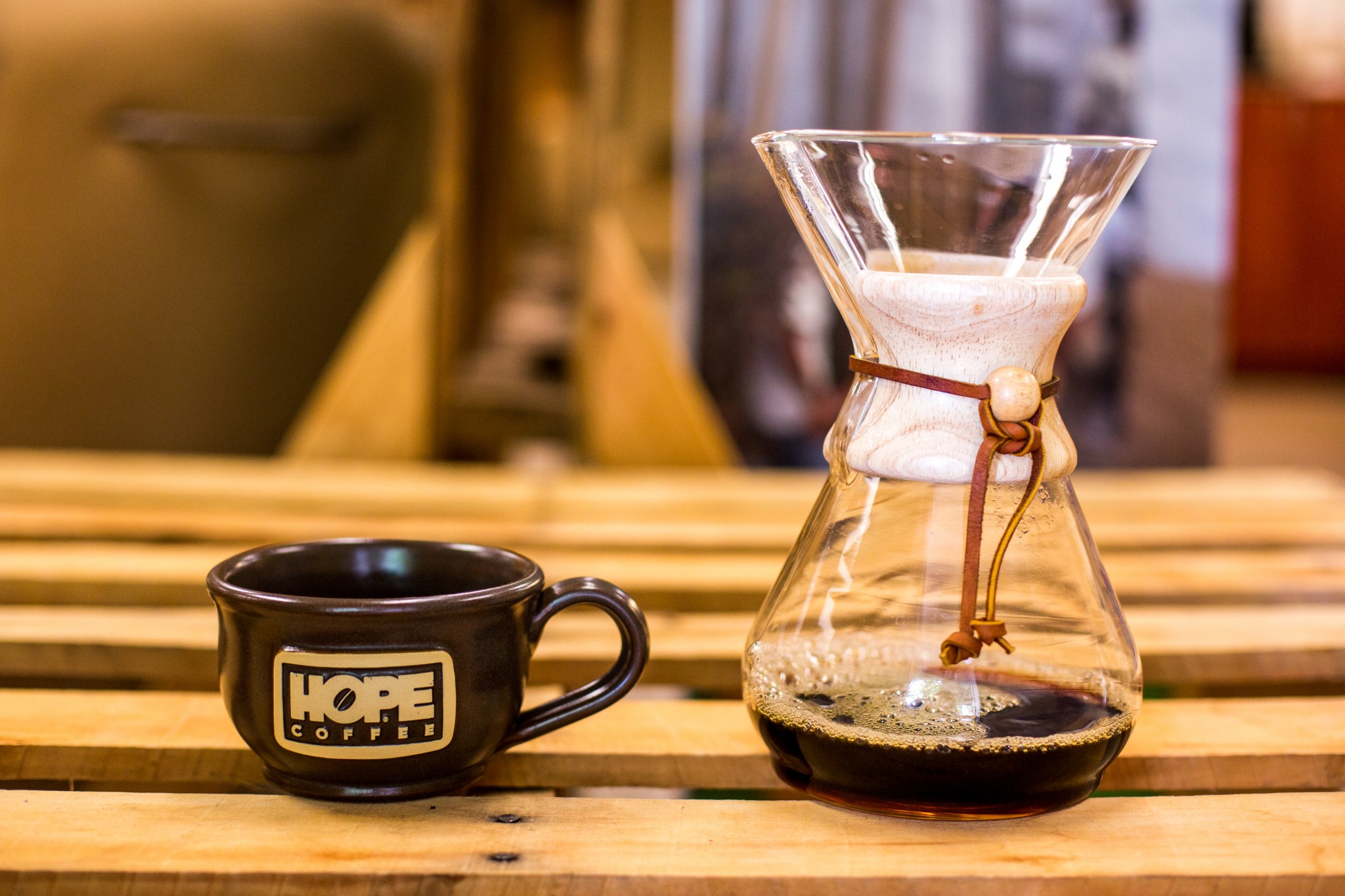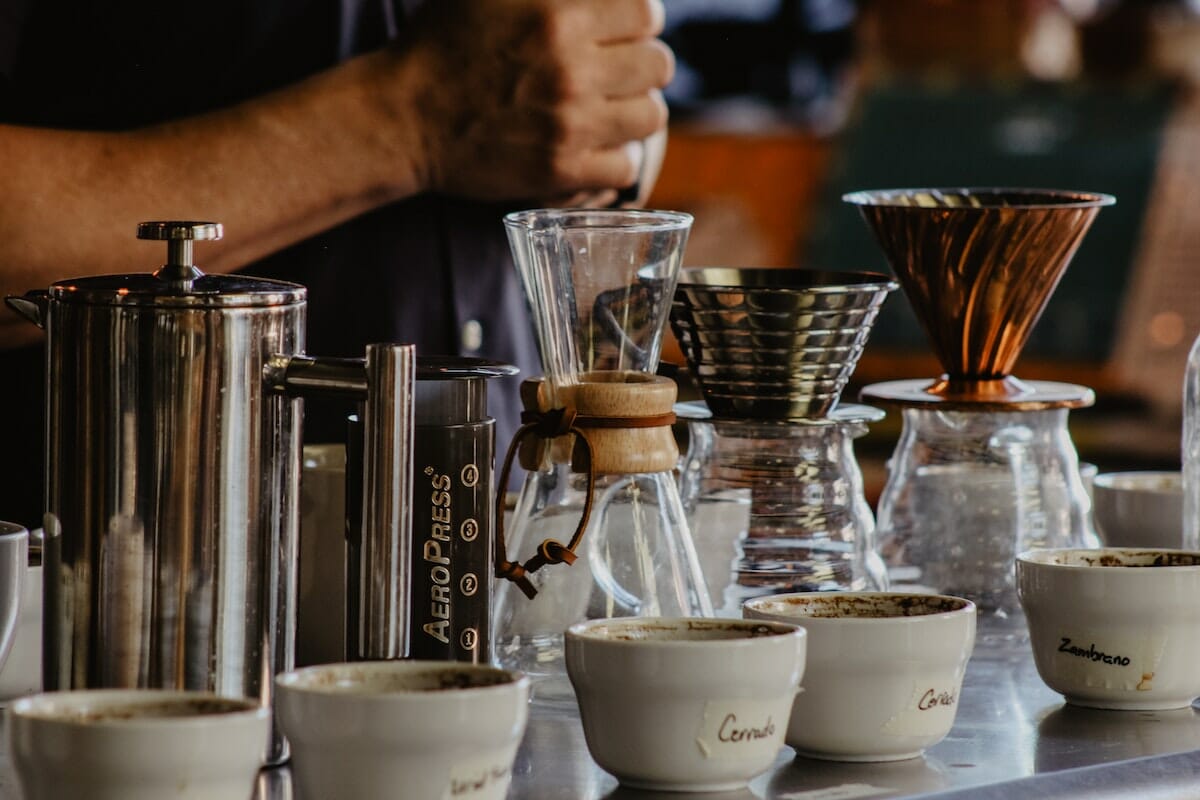Finding the Art of Coffee Brewing Methods: Tips for Every Fanatic
The Scientific Research Behind Coffee Brewing: Exactly How Temperature and Time Affect Your Beverage
Comprehending the scientific research behind coffee developing reveals that temperature level and time are not simple variables yet critical elements that dictate the drink's flavor profile and total quality. As we check out the subtleties of these components, the inquiry emerges: just how can one effectively equilibrium temperature level and time to accomplish that excellent brew?
The Chemistry of Coffee Extraction
The chemistry of coffee extraction digs right into the detailed processes that transform raw coffee beans right into the aromatic drink taken pleasure in worldwide. This change largely involves the solubility of various compounds present in the beans, which are influenced by variables such as work dimension, water quality, and the developing approach utilized.
Throughout the brewing procedure, warm water works as a solvent, extracting soluble compounds, consisting of caffeine, acids, lipids, and sugars, from the coffee grounds. Each substance adds to the flavor account, aroma, and body of the final beverage. As an example, acids are in charge of zesty and brilliant notes, while oils contribute to an abundant mouthfeel.
The extraction process is not consistent; various compounds liquify at various rates. The first phases of developing essence acids and sugars, bring about a pleasant acidity, while long term extraction can lead to bitterness because of over-extraction of undesirable substances. Recognizing these chemical interactions is important for maximizing brewing techniques, as the balance between extraction time and water temperature can dramatically influence the overall high quality of the coffee. Eventually, grasping the chemistry of coffee extraction is vital to achieving a tasty and all-around cup.
Suitable Brewing Temperatures
Locating the right brewing temperature is essential for opening the full capacity of coffee tastes and aromas - coffee brewing methods. Research study shows that the optimal array for developing coffee exists between 195 ° F to 205 ° F(90 ° C to 96 ° C) Within this array, the removal process effectively liquifies the desirable soluble substances in coffee beans, causing a tasty and balanced cup
Brewing at reduced temperatures, such as listed below 195 ° F(90 ° C ), might lead to under-extraction, generating an acidic and weak mixture with muted tastes. On the other hand, developing at temperatures exceeding 205 ° F(96 ° C) can cause over-extraction, producing a bitter and extreme preference because of the too much dissolution of undesirable substances, such as tannins.
Additionally, the perfect developing temperature can differ depending on the coffee bean type and roast degree. For instance, lighter roasts commonly gain from somewhat greater temperature levels to enhance their complicated taste profiles, while darker roasts may be much better matched to reduced temperatures to alleviate anger.
Ultimately, preserving precision in brewing temperatures is vital for attaining a harmonious balance of flavors, making sure that every cup of coffee provides a gratifying sensory experience.
Influence of Brewing Time
Developing time plays a pivotal duty in figuring out the flavor account and general top quality of coffee. Shorter developing times can result in under-extraction, leading to a sour or weak flavor, as not sufficient soluble compounds are dissolved.
Ideal brewing time differs relying on the technique used and the grind size of the coffee. A French press generally requires about 4 minutes, while espresso removal is typically finished within 25 to 30 secs. It is necessary to calibrate developing time in combination with various other variables, such as water temperature and coffee-to-water ratio, to achieve the preferred taste profile.
Comprehending the effect of developing time makes it possible for coffee fanatics to fine-tune their developing techniques, ultimately boosting the sensory experience of their cup (coffee brewing methods). With mindful navigate here focus to this variable, one can unlock the full potential of the coffee, revealing its one-of-a-kind features and nuances
Brewing Approaches and Their Effects

For example, methods like French press and chilly mixture permit a longer steeping time, resulting in a fuller body and robust flavor because of raised extraction of oils and soluble solids. Alternatively, espresso developing utilizes high stress and a much shorter extraction time, generating a concentrated shot that stresses intense tastes and an abundant crema.
Pour-over methods, such as Chemex or V60, provide an even more controlled removal process, permitting the maker to adjust flow price and water circulation, which can boost illumination and quality. Percolation approaches cycle water through the coffee grounds numerous times, leading to a more powerful, often bitter flavor.
Last but not least, the use of paper filters versus steel filters can likewise impact the last preference; paper filters normally yield a cleaner mug by capturing oils and great particles, while steel filters allow even more oils to go through, adding to a fuller mouthfeel - coffee brewing methods. Recognizing these subtleties can elevate the coffee experience substantially
Tips for Refining Your Mixture
A well-executed mixture can transform also the easiest coffee right into an exceptional experience. Grind the beans simply before making to optimize freshness, making certain the grind dimension matches your developing technique-- coarser for French press and finer for coffee.
Water Continue high quality plays a crucial function; usage filtered water complimentary from pollutants. The ideal brewing temperature level ranges between 195 ° F and 205 ° F(90 ° C to 96 ° C ) Also hot can swelter the coffee, while too great might under-extract flavors.
Timing is similarly vital. For immersion methods, steeping for 3 to five minutes is ideal, whereas drip techniques typically take around 5 minutes. Experiment with mixture times to locate your recommended strength.

Conclusion
In recap, the intricate connection between click for more temperature and time is vital in the coffee brewing process. Abiding by ideal developing temperatures between 195 ° F and 205 ° F, alongside accurate timing tailored per approach, guarantees the preferred flavor profile is achieved. Understanding these clinical concepts equips people to refine their developing methods, eventually resulting in a much more balanced and delightful coffee experience. Proficiency of these aspects is vital for any type of coffee enthusiast looking for excellence in their beverage.
Comprehending the science behind coffee developing exposes that temperature level and time are not simple variables but essential elements that determine the beverage's taste profile and total quality. Recognizing these chemical interactions is critical for enhancing developing methods, as the equilibrium in between removal time and water temperature can dramatically influence the total high quality of the coffee.Developing time plays a critical duty in identifying the taste profile and general high quality of coffee. By focusing on these aspects-- bean quality, grind size, water temperature level, soaking time, and ratio-- you can elevate your coffee developing procedure, resulting in a regularly premium cup.
In summary, the intricate relationship between temperature and time is extremely important in the coffee brewing process.